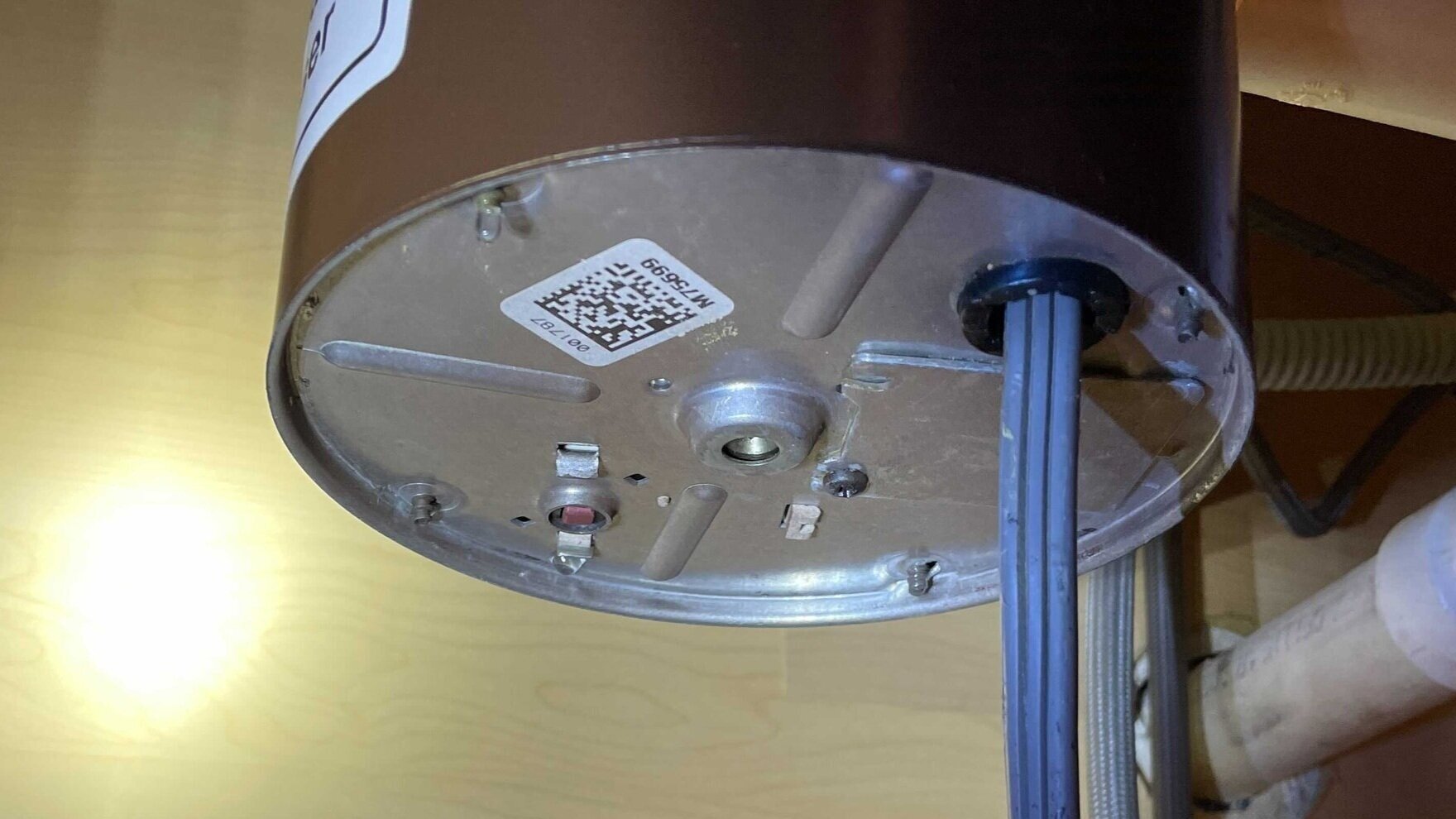Proven Ways to Fix a Leaking Waste Disposal Unit
Proven Ways to Fix a Leaking Waste Disposal Unit
Blog Article
The article which follows in relation to Why Is My Garbage Disposal Leaking From the Bottom? is really fascinating. Read it yourself and figure out what you think of it.

Waste disposal unit are essential kitchen appliances that assist in getting rid of food waste successfully. Nevertheless, a leaking garbage disposal can be a frustrating and untidy problem to deal with. The good news is, lots of leaks can be fixed conveniently with a few straightforward steps. In this article, we will certainly go over how to deal with a leaking waste disposal unit effectively.
Intro
Garbage disposals are set up under cooking area sinks and are designed to shred food waste right into smaller items, allowing it to go through the plumbing system easily. While these gadgets are normally trusted, leaks can happen with time due to deterioration, loosened links, or damages to the device.
Step-by-Step Overview to Fixing a Leaking Garbage Disposal
Turn Off the Power
Before trying any kind of repairs, ensure that the power to the waste disposal unit device is shut off to avoid the danger of electric shock.
Find the Leak
Identify the exact area of the leakage and identify the cause
Tighten up Connections
Use a wrench to tighten up any type of loosened links between the disposal unit and the pipes system.
Replace Seals or Gaskets
If the leakage is due to used seals or gaskets, remove the old parts and replace them with new ones.
Patching Splits or Holes
For splits or holes in the disposal system, usage epoxy or an appropriate patching product to seal the damaged location.
Determining the Resource of the Leakage
Before trying to deal with a leaking garbage disposal, it is vital to identify the source of the leakage. This can usually be done with aesthetic examination or by conducting easy tests.
Visual Assessment
Evaluate the waste disposal unit unit meticulously for any signs of water leakage. Pay very close attention to areas around seals, gaskets, and link factors.
Examining for Leaks
One method to test for leakages is by running water through the disposal device and looking for any type of visible indications of leakage.
Usual Sources Of Leakages in Trash Disposals
Worn Seals and Gaskets
Seals and gaskets play a critical function in preventing water from leaking out of the waste disposal unit. In time, these parts can degrade, resulting in leakages around the disposal unit.
Loose Links
The connections between the waste disposal unit and the plumbing system can become loose with time, creating water to leakage out during operation.
Fractures or Openings in the Disposal Device
Physical damages to the waste disposal unit, such as cracks or holes in the housing, can also lead to leaks.
Devices and Products Needed for Dealing With a Dripping Waste Disposal Unit
Prior to beginning the repair work process, gather the needed tools and materials, consisting of a screwdriver, flexible wrench, plumbing professional's putty, substitute seals or gaskets, and epoxy or patching material for repairing splits or openings.
Evaluating the Waste Disposal Unit After Fixing
As soon as the repair service is complete, examine the waste disposal unit by running water through it to make certain that the leak has actually been solved.
Preventive Maintenance Tips to Prevent Future Leaks
To stop future leaks, it is vital to carry out normal maintenance on your garbage disposal. This consists of maintaining it tidy, avoiding putting non-food things or tough objects down the disposal, and regularly looking for leakages or other problems.
Conclusion
To conclude, taking care of a leaking garbage disposal is a fairly uncomplicated procedure that can be finished with standard tools and materials. By complying with the actions described in this article and exercising preventative maintenance, you can keep your waste disposal unit in good working condition and avoid costly repair work in the future.
What to Do About a Leaking Garbage Disposal
A leaking garbage disposal often goes unnoticed until you confront a sopping cabinet, a foul-smelling puddle, or an audible drip-drip-drip from the unit. The fix can be frustrating, too, because the leak can stem from a number of components in the system. Fortunately, with a little sleuthing, you can zero in on the leak and—depending on the exact location—stop the icky oozing and repair the component that caused it. Worst case scenario, if it turns out that the garbage disposal must be replaced, installing a new one is a reasonable do-it-yourself task for those with basic plumbing skills. Read on to keep the cash you’d otherwise hand over to a pro.
Prepare to find the leak
Prior to testing the garbage disposal for leaks, unplug it at the wall outlet and turn off the power from the breaker box to prevent electrical shock. Then insert a watertight sink stopper into your sink drain and wipe the unit dry with a clean cloth. In any handy container, mix a few drops of food coloring into a few cups of water, and pour the dyed water onto the sink stopper to help you locate the leak.
Investigate the source
the top, where the disposal meets the sink drain the side, where the dishwasher hose or main drain pipe connects to the disposal or the bottom of the unit Inspect each of these locations while gliding a light-colored rag over the unit; the dyed water will readily show on the rag and reveal the location of the leak. If a leak isn’t immediately apparent, remove the sink stopper and pour a few more cups of dyed water down the sink drain, then check for leaks again. Leaks near the top of the unit are more likely to show themselves while the sink is plugged, while side and bottom leaks are more noticeable while the sink is unplugged.
The metal sink flange that sits directly inside the sink drain is typically sealed around the top with plumber’s putty (a clay-like sealant) and then secured from under the sink with bolts. If the plumber’s putty deteriorates, or the bolts loosen, the flange can no longer form a watertight seal between the sink drain and the disposal—which could cause a leak at the top of the unit.
To reseal the leaky flange, you must first detach the garbage disposal. Start by loosening the screws securing the main drain pipe to the disposal, then loosen the screws in the metal clamp securing the dishwasher hose to the disposal and detach the drain pipe and dishwasher hose from the disposal. Loosen the screws in the mounting ring that connects the disposal to the metal mounting assembly beneath the sink, then pull down the disposal and carefully set it on a clean, dry surface. Loosen the bolts in the mounting assembly with a wrench, then pull down the mounting assembly and set it near the disposal.

We were shown that report on The Handy Guide To Fixing Your Garbage Disposal Leaking through an associate on our other website. Do you know about somebody else who is fascinated by the topic? Feel free to promote it. Thanks for your time. Kindly visit our website back soon.
Get Estimate Report this page